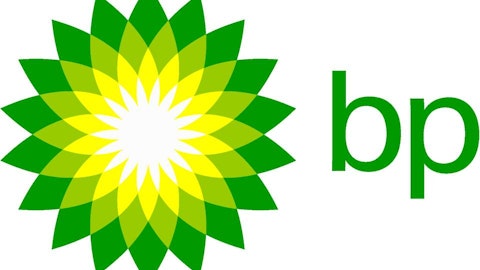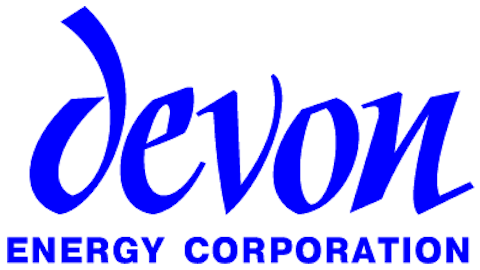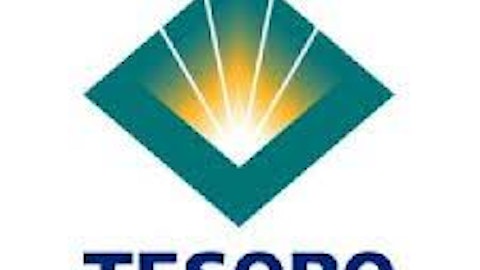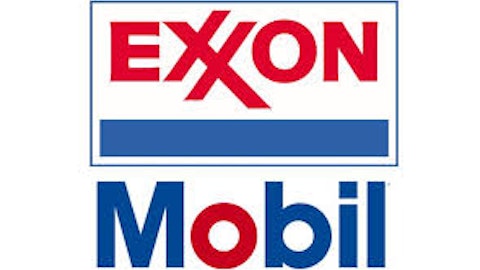Chevron Corporation (NYSE:CVX) has bucked the recent trend in the energy industry by remaining an integrated producer instead of separating upstream and downstream operations. The company’s fourth quarter results give us an opportunity to examine the success of its strategy and to see how the downstream business was able to offset the decline in the upstream business and help the company produce near record profits for 2012.

Chairman and CEO John Watson said that the upstream portfolio continues to produce excellent results, and the company has now led the industry in earnings per barrel for more than three years. The downstream businesses also produced competitive earnings per barrel. Strong cash flows allowed Chevron to invest aggressively in major projects and the acquisition of several important new resource opportunities. It has made appreciable progress on the Gorgon and Wheatstone LNG projects in Australia over the past year. At the same time, it announced six additional natural gas discoveries in offshore Australia, and concluded an asset exchange that strengthened its interests in Carnarvon Basin fields. Watson pointed out that the company added approximately 1.07 billion barrels of net oil-equivalent proved reserves in 2012, which equals 112% of net oil-equivalent production for the year.
Chevron repurchased $1.25 billion of its common stock in fourth quarter 2012 under its share repurchase program, and full year repurchases totaled $5 billion. At the end of the year, cash, cash equivalents, time deposits and marketable securities totaled $21.9 billion, which is an increase of $1.8 billion from the end of the previous year. Total debt at the end of the year stood at $12.2 billion, an increase of $2.0 billion year over year.
Chevron’s production grew to 2.67 million barrels of oil and gas per day for the quarter, up only a little from the same quarter of the previous year but a substantial increase from the 2.5 million the company produced in the preceding quarter. For the full year, the company produced an average of 2.64 million barrels per day, compared to 2.67 million barrels per day in the previous year.
Production was suspended at the company’s Brazilian offshore project (known as the Frade field). It was closed when oil was found to be seeping from the field in November 2011 and again in March 2012. The company’s production of oil and other liquid hydrocarbons in the U.S. rose 3% to 462,000 barrels per day in the quarter, though this is lower than the growth of overall U.S. production.
The Virtues of an Integrated Business Model
It was a difficult quarter for energy companies, with oil prices remaining flat and the boom in shale gas production in the U.S. keeping natural gas prices depressed. This was exacerbated with the slow recovery of the U.S. economy and the slowdown in China. Despite flat production figures and a decline in revenues, Chevron produced numbers that are ahead of profit expectations.
Upstream figures were mixed, to say the least, but the company showed surprising downstream strength from refining, which had been a cause for concern in the past, combined with asset disposals, and the chemicals business continued to prosper. The second U.S. oil company by production produced an EPS of $3.70 well in excess of the $3.03 consensus estimate, though revenue growth of 1% to $60.5 billion was disappointing compared to be consensus estimates of $63.1 billion. This is a time when the energy industry is re-examining the integrated upstream/downstream model and other big names in the industry have separated their refining businesses from the higher-margin production business. Chevron has clearly benefited from continuing with the integrated business model.





